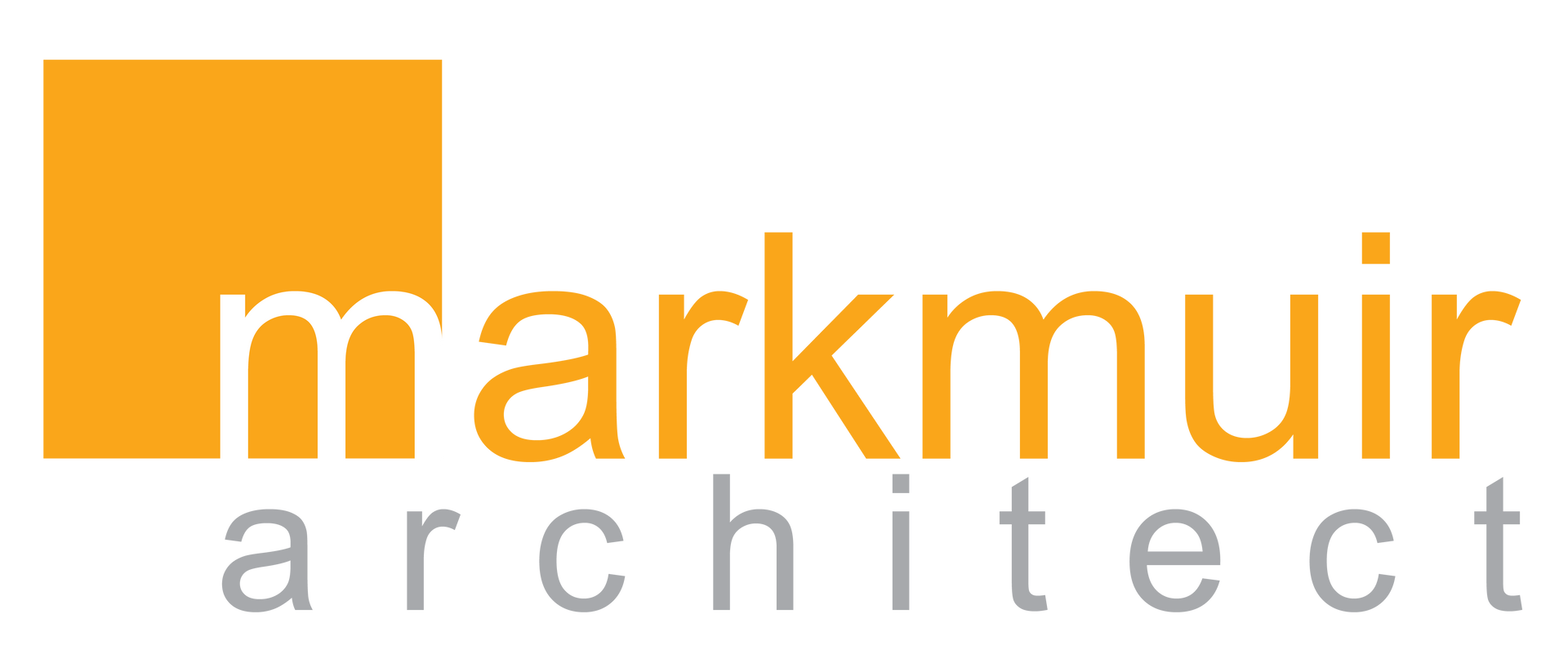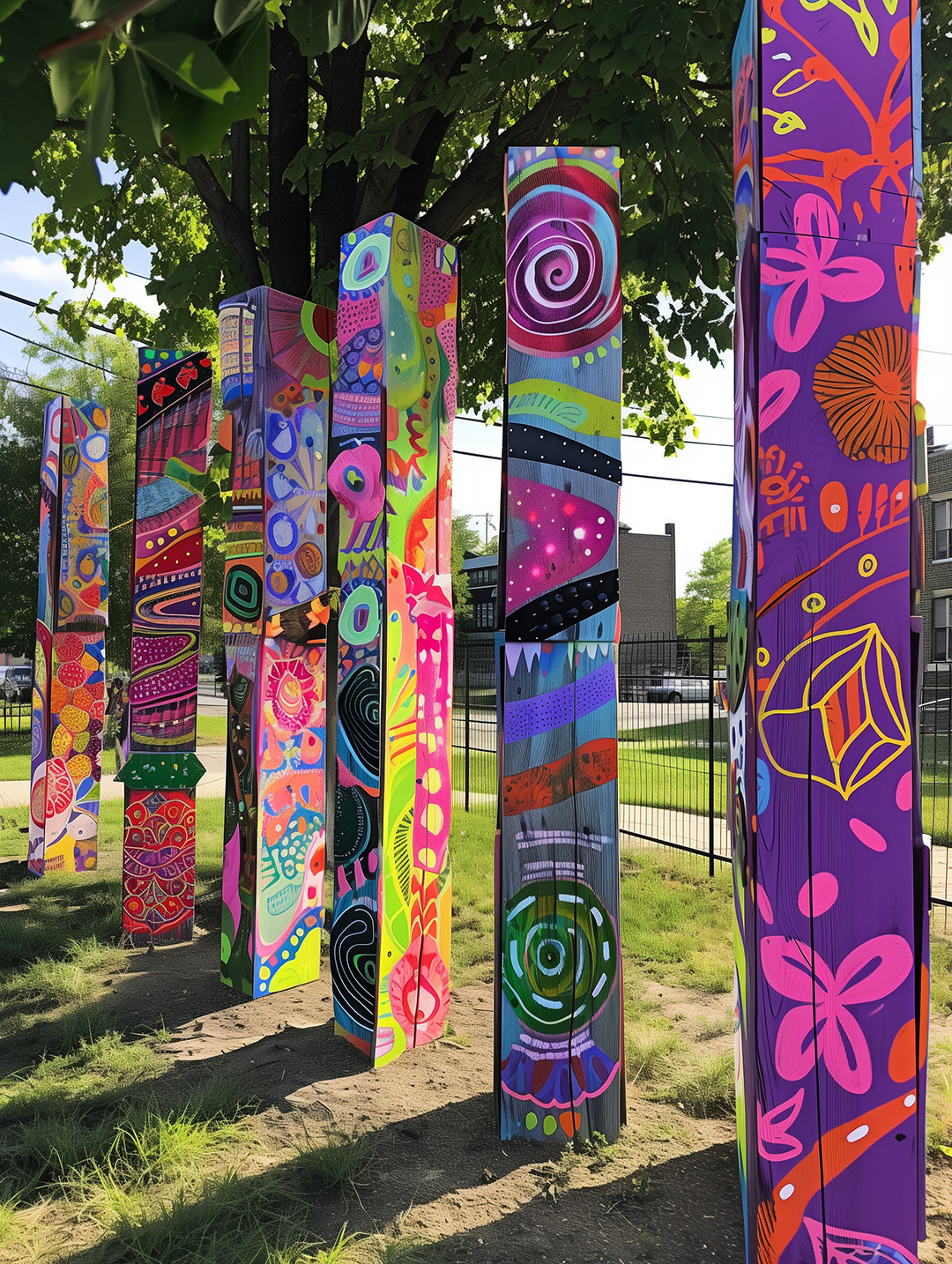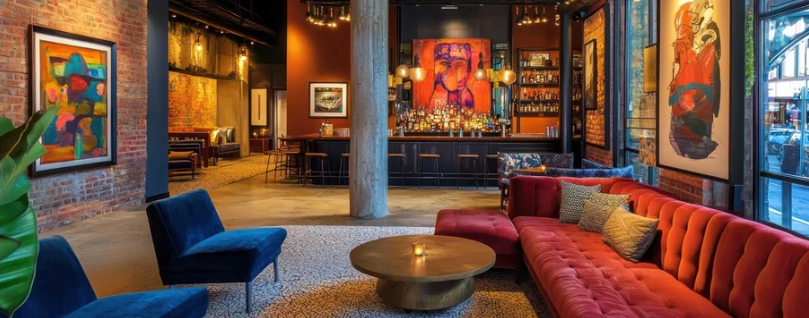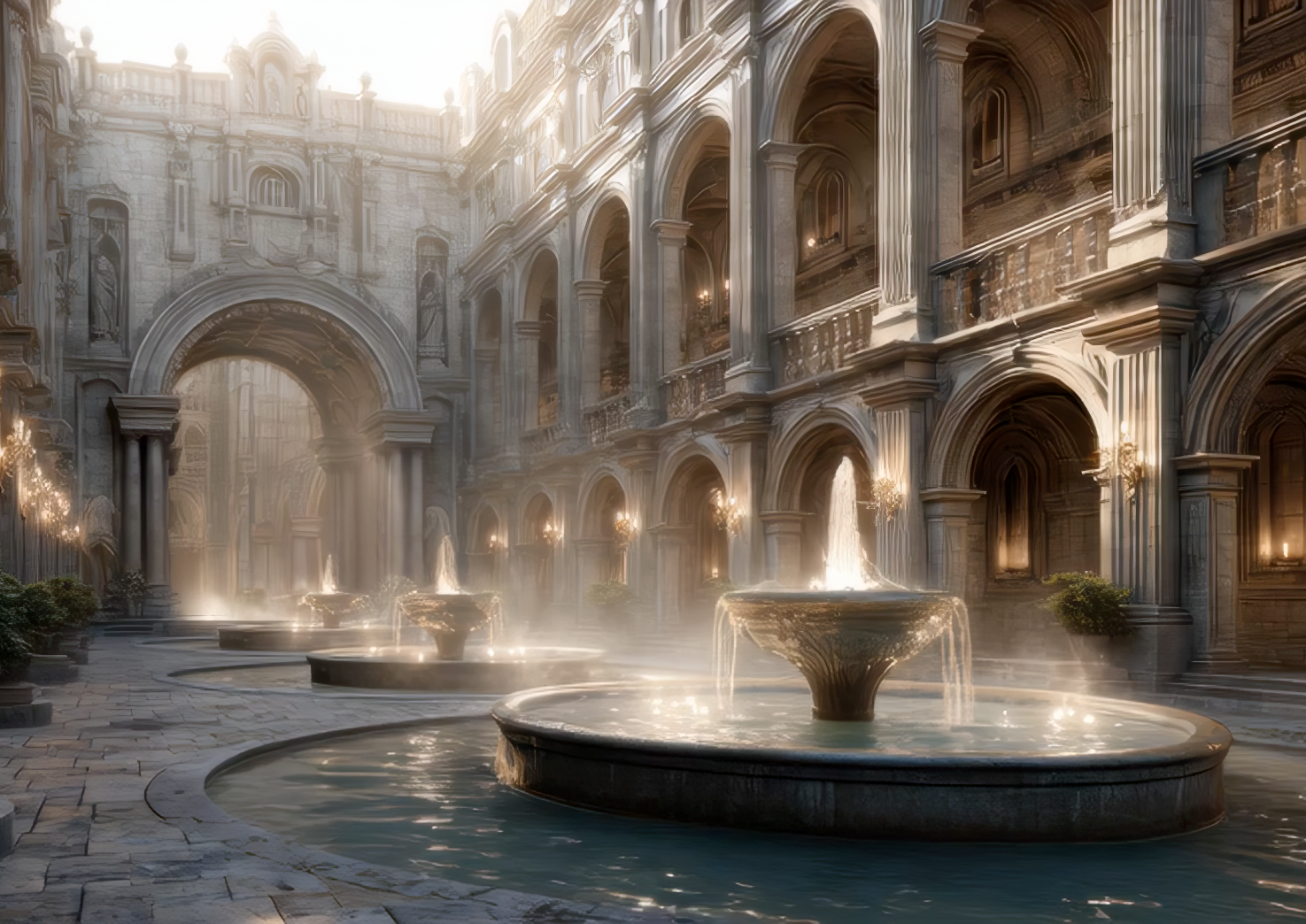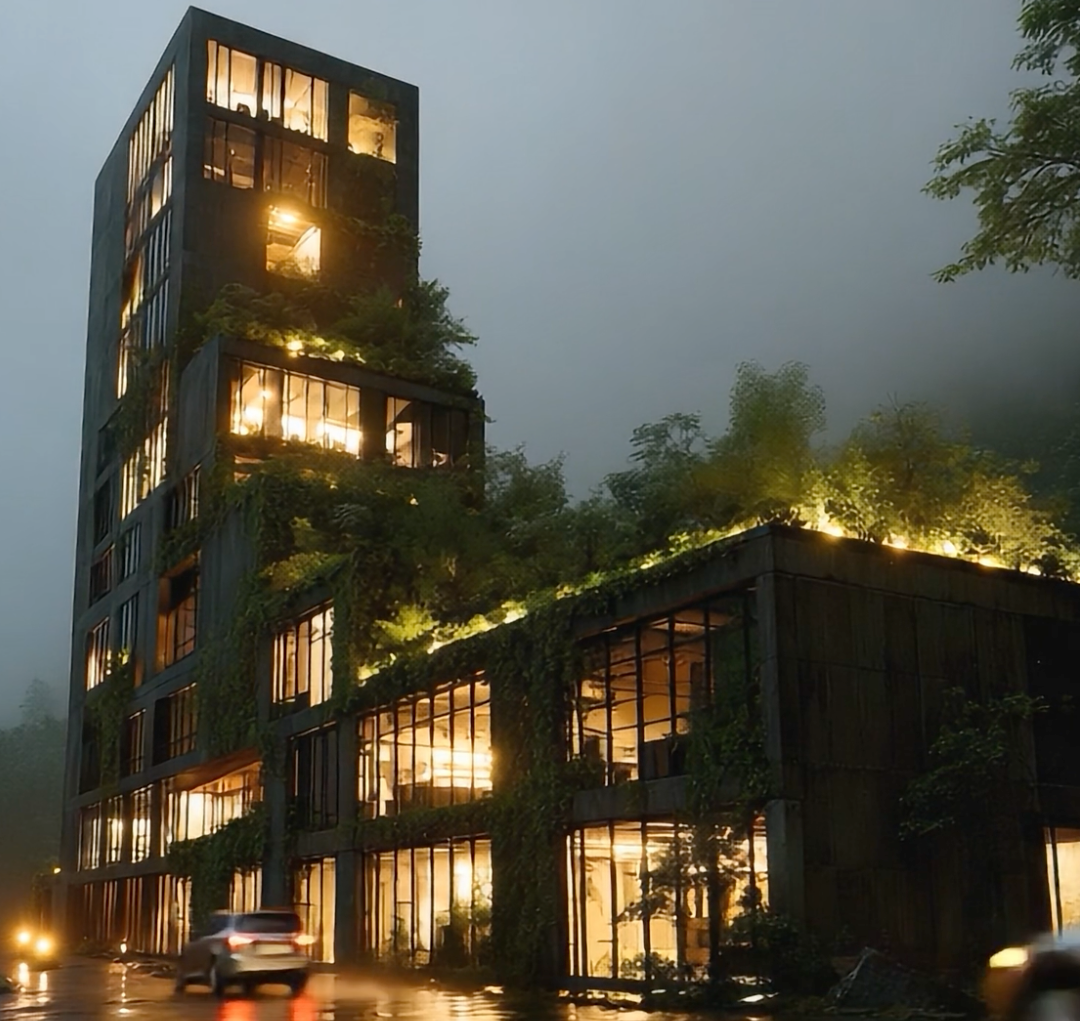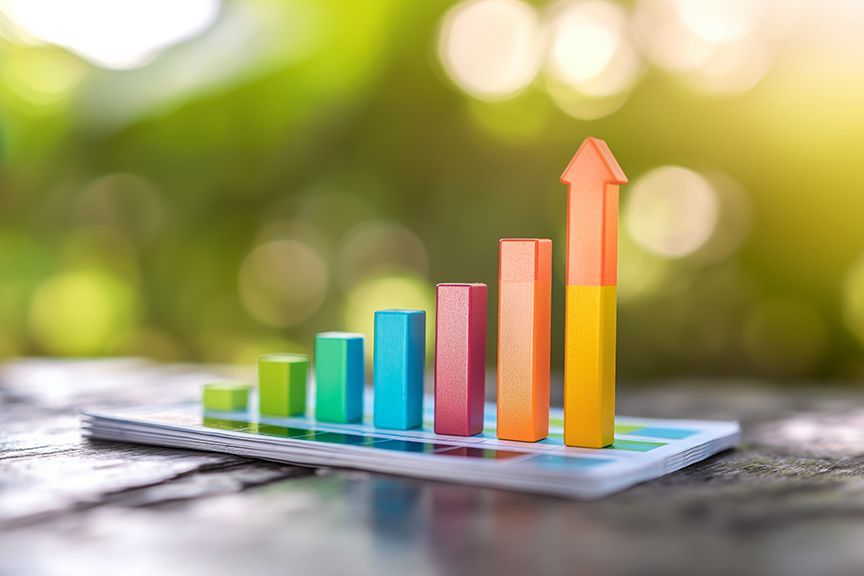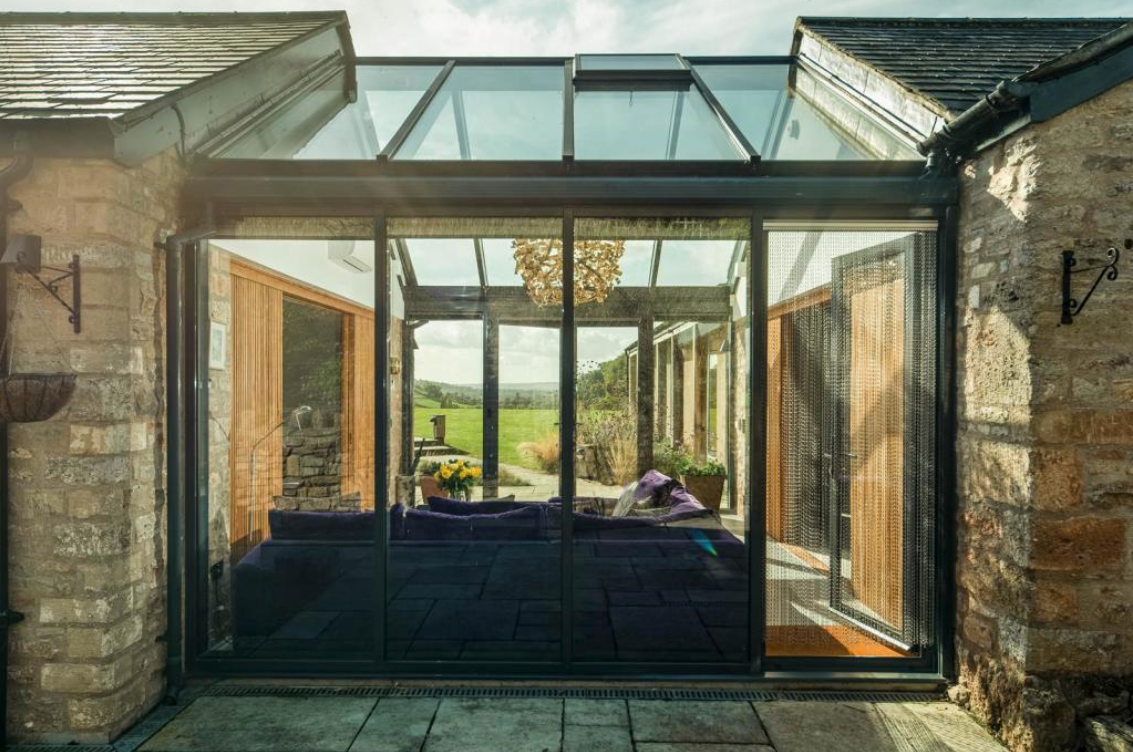Why AI Grown Materials?
Common Questions Asked As Architects.
Imagine a skyscraper that repairs its own cracks, or a building facade that adjusts to optimise natural light throughout the day. These feats may sound like scenes from a science fiction movie, but they are becoming reality thanks to the integration of AI-grown materials into sustainable design.
Take, for instance, a project in Singapore where researchers have developed a concrete mix infused with bacteria that can self-heal cracks. This innovative solution not only prolongs the lifespan of the structure but also reduces maintenance costs and environmental impact by minimising the need for repairs and replacements.
Another compelling example is the use of smart glass facades that dynamically adjust their transparency based on sunlight exposure and internal temperature. By leveraging AI algorithms, these facades optimise energy usage by reducing the need for artificial lighting and cooling systems, thus lowering carbon emissions and operational costs.
These advancements exemplify the transformative potential of AI-grown materials in sustainable design. By harnessing the power of artificial intelligence, we can create buildings that actively adapt to their surroundings, maximising efficiency and minimising ecological footprints.
Moreover, these innovations pave the way for a circular economy within the construction industry. Biofabrication and upcycling are about to become part of our design language so that reliance on finite resources is reduced along with construction waste - all contributing to a more sustainable built environment.
Want to talk about how we design your next AI grown project? Book a complimentary chat here
https://calendly.com/markmuirarchitect 😎
#MarkMuirArchitect #SustainableDesign #HumanCentricDesign
.
